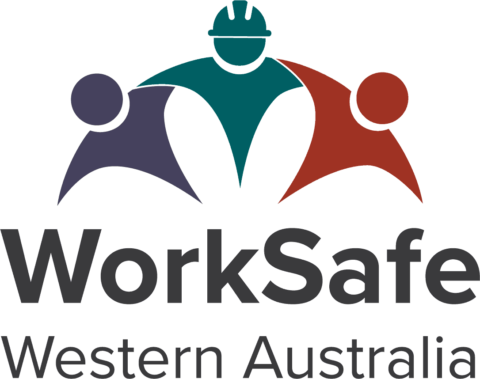A mine operator received a report of alleged sexual harassment involving a site-based medical professional and a contractor. It was alleged that, following an initial consultation for a shoulder injury, the medic performed massages involving multiple areas of the contractor’s body without consent and on multiple occasions.
While reviewing its systems of work for preventing and addressing inappropriate workplace behaviour, the mine operator identified several contributing factors and control gaps:
- Job insecurity and reporting hesitancy—The affected worker was a contractor who, despite completing site induction and behaviour training, didn’t feel empowered to report the conduct or stop the treatment. They expressed concern that reporting the matter could negatively impact their future opportunities. Since it was only their second swing, they were unsure whether the behaviour was typical for the team, which further delayed their decision to report it.
- Witnessed behaviour and missed escalation—The contractor’s employer informed the mine operator that two other workers had previously expressed concerns regarding the medic’s physical and verbal behaviour, which they felt indicated a lack of professional boundaries. The supervisors of these workers didn’t escalate their reports to the mine operator, despite the references to on-site events.
- Role clarity and scope of practice—While physical contact was a required aspect of the medic’s duties, the investigation found that expectations, role scope and boundaries had been neither clearly defined nor communicated within the medical team.
- Environmental and supervision risks—The medical centre was located in a low-traffic area of the site, particularly during the night shift. On some shifts, the medic worked alone without supervision due to staffing limitations within the Emergency Response Team.
Key takeaways
- Audit procedures—Review existing controls for managing inappropriate workplace behaviour, including psychosocial hazards, and look beyond individual actions to consider contributing environmental and organisational factors.
- Highlight pathways—Emphasise reporting mechanisms, particularly for contractors who may feel disempowered to speak up despite completing workplace behaviour training.
- Set expectations—Communicate site-specific arrangements to contractors that include clear protocols and reporting requirements for on-site psychosocial risks and incidents.
- Check designs—Acknowledge that factors such as work location, supervision levels and role clarity can influence exposure to psychosocial hazards and should be regularly examined.

